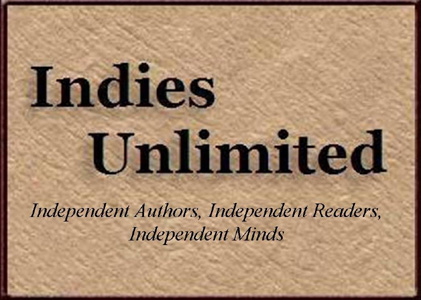When I was a sophomore in college, I took a literature class on the expatriate writers who gathered in Paris after the first World War (Gertrude Stein, Ernest Hemingway, F. Scott Fitzgerald, John Dos Passos, and Sherwood Anderson, among others). An optional book on the class syllabus was Living Well is the Best Revenge by Calvin Tomkins, the very first biography of the Murphys. Over the decades that followed, I never stopped thinking about them …
Kirsten Mickelwait – 27 May 2025
The Back Flap
Raised in New York’s Gilded Age, pampered heiress Sara Wiborg dreams of a more creative life than the rigid future prescribed for her. It’s only when she meets Gerald Murphy that she finds a man who shares her creative, aesthetic ideal and, after a friendship of eleven years, they marry despite the strong disapproval of her family.
Against the sizzling Jazz Age backdrop of 1920s Paris and Antibes, Sara’s innate style and gift for friendship attract the bohemian elite of the new century—including Hemingway, Fitzgerald, Picasso, and Dorothy Parker. But by the 1930s, her fortune is lost and tragedy strikes—not once, but twice. Sara’s strength and resilience allow her to find a new equilibrium over time, long after the parties have ended. A heartbreaking story of love and loss, The Ashtrays are Full and the Glasses are Empty follows Sara through her very modern life to reveal how tragedy can be healed by faith, unconditional love, and a creative mind.
About the book
What is the book about?
My novel, The Ashtrays are Full and the Glasses are Empty, tells the story of real-life Sara Wiborg Murphy who, with her husband, Gerald, became part of the “Lost Generation” in Paris in the 1920s. That decade was a golden period for Sara but world events (the Great Wall Street Crash of 1929 and WWII, among others) and two family tragedies took the wind out of her sails and forced her to find new ways to define beauty and happiness. It’s a story about resilience and survival.
When did you start writing the book?
This was my “COVID novel.” I’d been thinking about Sara for decades but never had the gumption to actually write about her. Then, just before the pandemic lockdown hit, I was invited to join a local writers’ group on Zoom, which forced me to begin the project. I was so glad to have something to occupy me creatively during that period of isolation.
How long did it take you to write it?
Three years.
Where did you get the idea from?
When I was a sophomore in college, I took a literature class on the expatriate writers who gathered in Paris after the first World War (Gertrude Stein, Ernest Hemingway, F. Scott Fitzgerald, John Dos Passos, and Sherwood Anderson, among others). An optional book on the class syllabus was Living Well is the Best Revenge by Calvin Tomkins, the very first biography of the Murphys. Over the decades that followed, I never stopped thinking about them and read everything I could, including Amanda Vaill’s definitive bio Everybody Was So Young. And when I read Paula McLain’s wonderful novel, The Paris Wife, about Hemingway’s first wife, Hadley Hemingway, I knew that I wanted to do something similar with Sara.
Were there any parts of the book where you struggled?
The novel covers 70 years of Sara’s life, and writing a story arc that long was challenging. It was also really difficult to decide which events to focus on and which to omit. In the beginning, the project felt overwhelming at times.
What came easily?
In the book, Sara ages from the age of 21 until her death at 92. One of the delightful surprises for me was finding Sara’s particular voice, and hearing it change over the course of 70 years. She begins as a coddled debutante and ends up as a world-weary woman, battered by life. She was also a smoker, and I envisioned her physical voice becoming deeper with age.
Are your characters entirely fictitious or have you borrowed from real world people you know?
Every character in this book was based on a real-life person, from the famous names like Dorothy Parker to the staff who worked in the Murphys’ homes.
Do you have a target reader for this book?
Although the protagonist and vibe of this book are both female, I hope it’ll attract readers of all ages and genders. Definitely history lovers, English majors, and “Lost Generation” obsessives like me!
How was writing this book different from what you’d experienced writing previous books?
My previous book was a memoir and this was a historical novel, so two completely different genres. For the memoir I relied on my own life and memories, and I knew the emotional story from personal experience. With The Ashtrays are Full and the Glasses are Empty, I had to do an enormous amount of research, of course, and then imagine what my characters might be feeling as events unfolded.
What new things did you learn about writing, publishing, and/or yourself while writing and preparing this book for publication?
Well, I learned how to write in a completely new style from what I was familiar with, for one. I learned how to do some historical research and then weave it into dialogue and plot. And I must have learned to write more tightly, because I had to cut 34,000 words from my first book to meet the publisher’s requirements, and only 13,000 words from my second one! The fact that I’ll be publishing my second book in a completely different genre from my first has given me a lot of confidence as a writer.
End of Interview:
Gt your copy of The Ashtrays are Full and the Glasses are Empty from Amazon US or Amazon UK..


